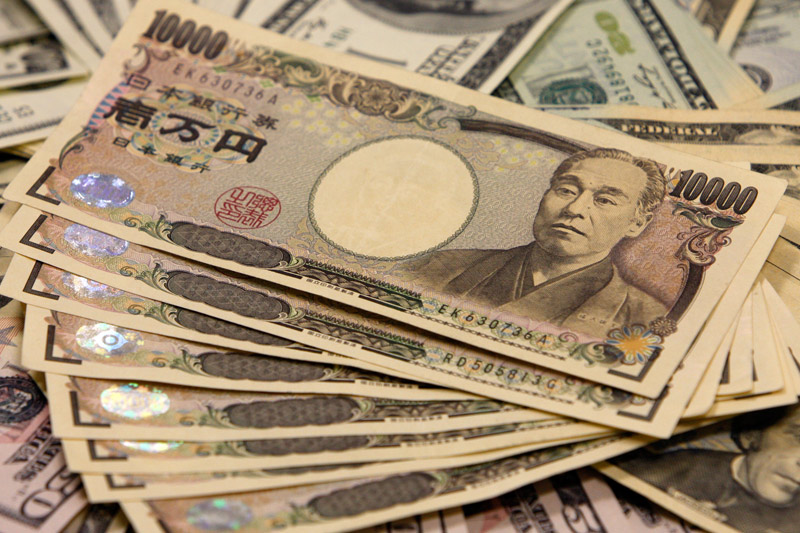By Ambar Warrick
Investing.com-- Asian currencies fell further on Tuesday, while the dollar neared a new 20-year peak after hawkish signals from the Federal Reserve gave little indication that the central bank intends to ease up on interest rate hikes.
China’s onshore yuan was the worst performer in early trade, falling 0.6% to 7.1937 against the dollar and coming close to levels last seen during the 2008 financial crisis. Concerns over China also grew as fresh COVID outbreaks raised the possibility of new lockdown measures.
Focus this week is on Chinese inflation and trade data, which is expected to show some improvement in the beleaguered economy. But an unexpected contraction in China’s services sector saw markets tempering their expectations for a rebound.
Foreign investors also appeared to be adverse to holding the yuan, with its offshore variant down 0.6% and close to a record low.
Broader Asian currencies retreated amid increased pressure from the dollar and Treasury yields. The Japanese yen hovered just below a 24-year low, while the Thai Baht and the Malaysian Ringgit were the worst performers in Southeast Asia with a 0.5% drop.
A recent surge in oil prices continued to weigh on crude-sensitive currencies. The Indian rupee fell 0.1% and hovered just below record lows, while the Indonesian rupiah fell 0.4% to a 30-month low.
The dollar index and dollar futures rose 0.2% each on Tuesday, extending gains into a sixth straight session after hawkish comments from Fed Vice Chair Lael Brainard.
Brainard said that tight monetary policy conditions will persist even after the Fed stops hiking rates, and that the bank will keep raising rates in the near-term. Brainard also warned that the U.S. economy may weaken due to steeper rates, and that the bank will only ease policy when it is convinced that inflation is retreating.
Reiterating the Fed’s earlier signals, Brainard said the bank will adopt a data-driven approach to raising rates further. Focus this week is on upcoming U.S. CPI inflation data, which is expected to show that inflation remained at near 40-year highs through September.
Following data last week showing a stronger-than-expected labor market, markets are now pricing in a nearly 80% chance the Fed will hike rates by 75 basis points for a third consecutive meeting in November.
The dollar also benefited from increased safe haven demand, as investors feared an escalation in the Russia-Ukraine conflict after a major aerial assault against Kyiv.
